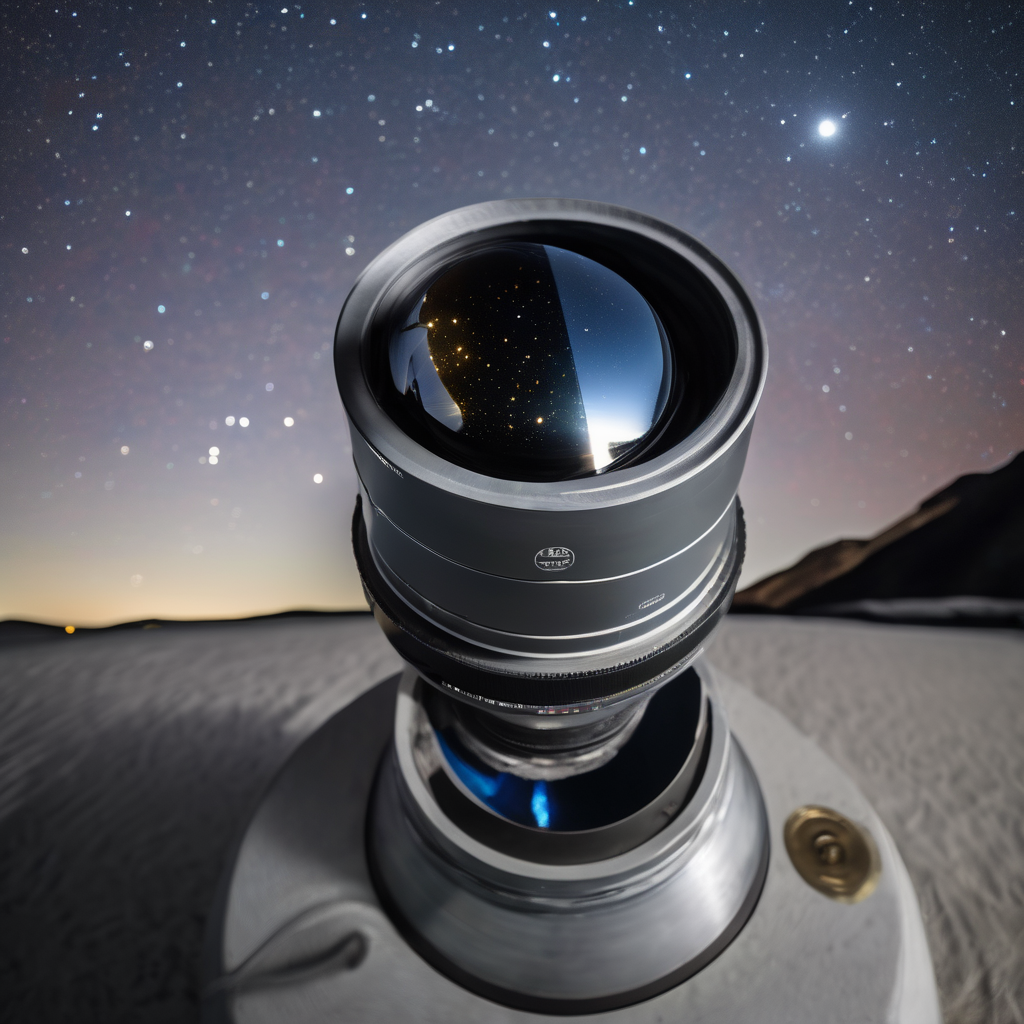The International Asteroid Warning Network (IAWN) has announced an exciting new initiative to monitor the interstellar object known as 3I/ATLAS. This campaign, which is backed by the United Nations, aims to enhance our defenses against potential threats from space, specifically focusing on the detection and characterization of hazardous asteroids and Near-Earth Objects. Notably, 3I/ATLAS is the first interstellar object to be included in such efforts.
Scheduled to coincide with the solar conjunction of 3I/ATLAS on October 21, 2025, the IAWN stated, “Comets present unique challenges for accurate astrometric measurements and orbit predictions.” The campaign is set to run from November 27, 2025, to January 27, 2026, and will focus on improving astrometry from comet observations. As part of this, a workshop is scheduled for participants to learn techniques for accurate comet astrometry, with registration ending on November 7, 2025.
This announcement follows a White Paper submitted by Avi Loeb, in collaboration with researchers Omer Eldadi and Gershon Tenenbaum. The paper emphasized the importance of coordinating global scientific research to increase observational capabilities, particularly with regard to interstellar objects like 3I/ATLAS, which could potentially harbor alien technology.
3I/ATLAS has displayed eight striking characteristics that raise intriguing questions about its origins. For instance, its trajectory aligns closely with the ecliptic plane of the solar system, suggesting a highly specific path. The object also exhibited a sunward jet—a rare feature distinct from typical cometary behavior—and boasts a nucleus that is significantly more massive than known comets. Additionally, the elemental composition of its gas plume contains an unusual ratio of nickel to iron, further fueling speculation about its nature.
The cumulative probabilities of these features suggest a strikingly low likelihood of them all being coincidental, leading to discussions around the potential for technological origins. While we currently lack spacecraft that could intercept and study 3I/ATLAS up close, there are discussions about the possibility of utilizing existing missions like NASA’s Juno, should the opportunity present itself during its close pass by Jupiter in March 2026.
As 3I/ATLAS prepares for its closest approach to Earth on December 19, 2025, scientists are hopeful that further observations will shed light on this enigmatic interstellar visitor. The potential for new discoveries regarding extraterrestrial technology remains strong, as does the ambition to better understand our cosmic surroundings. The world waits in eager anticipation for insights that may arise during this unprecedented cosmic encounter.
